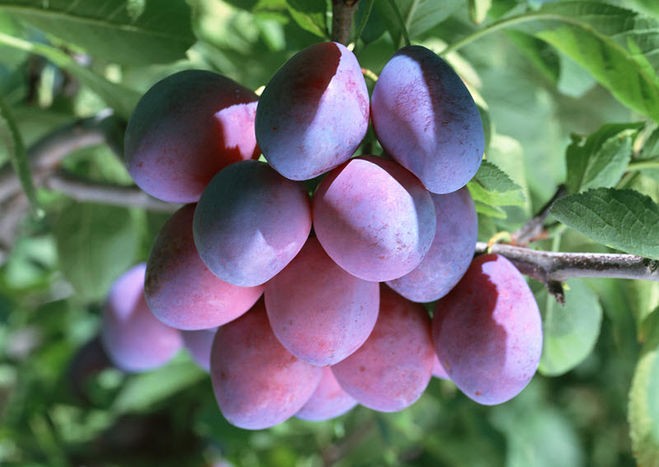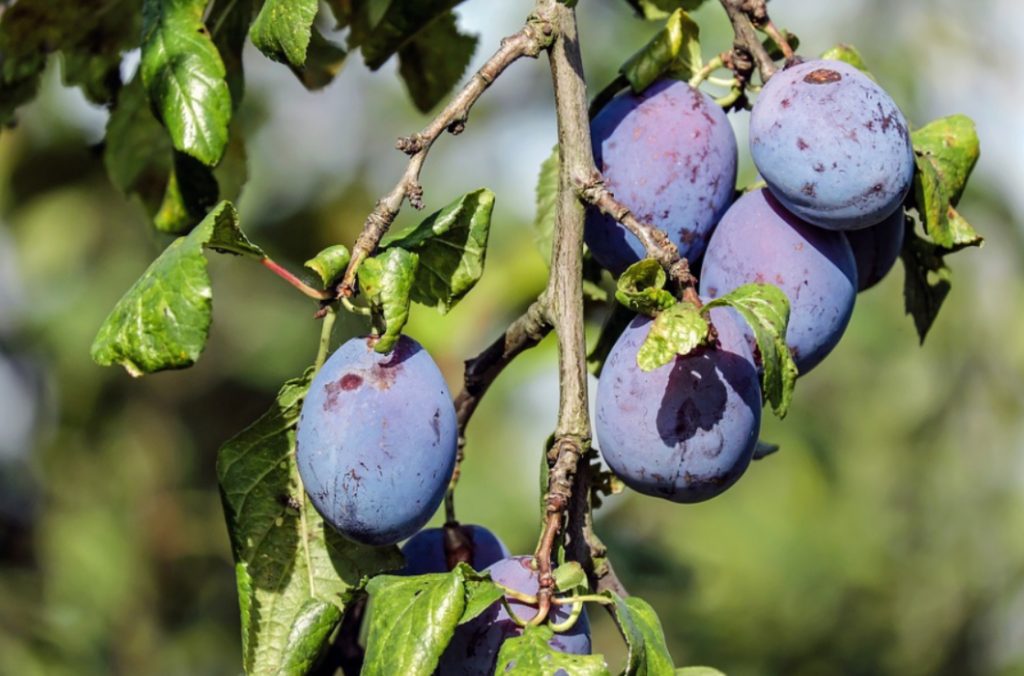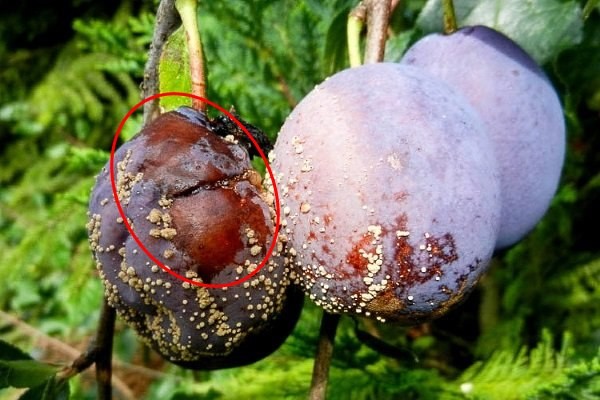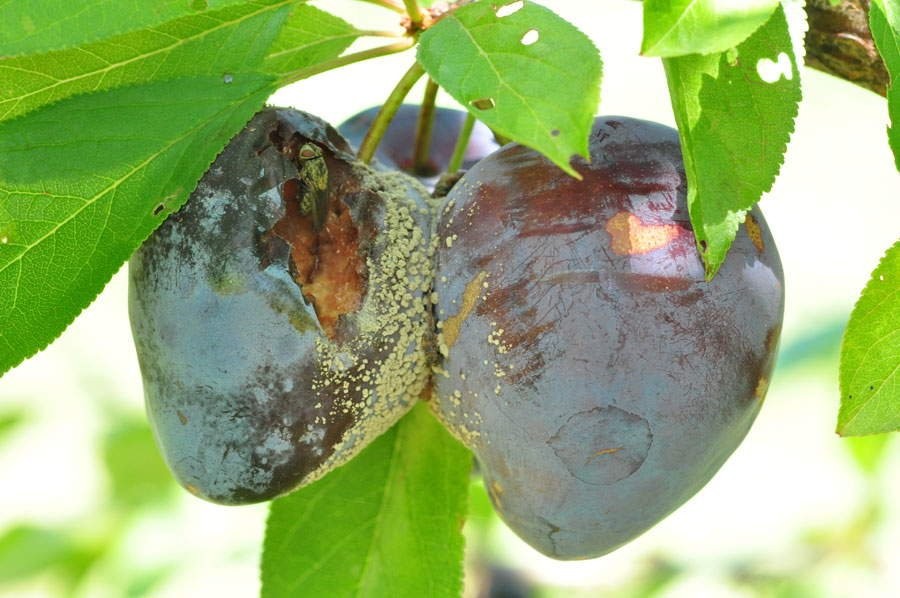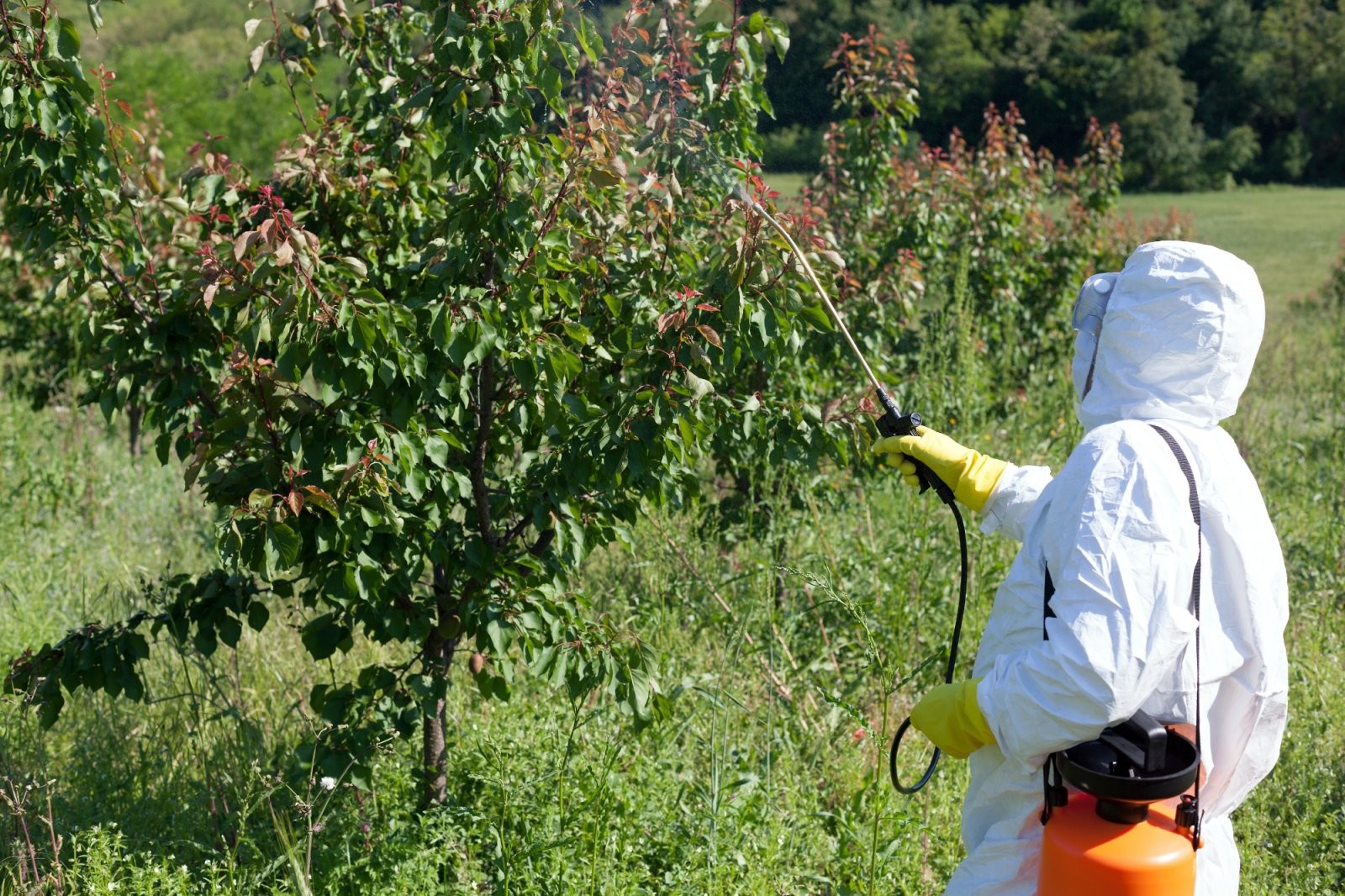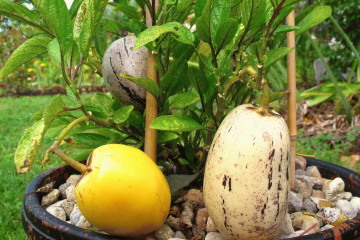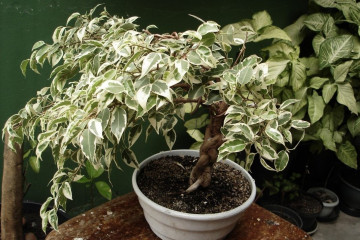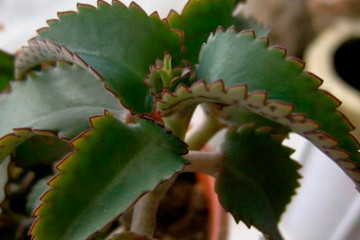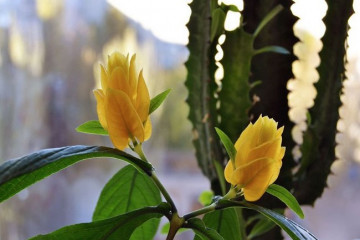Plum fruits rot on the tree - what to do and possible causes
Content:
Rotting stone fruit crops directly on the tree is a common problem that can arise even among experienced gardeners. If a plum or cherry plum rots on the branches, it means that fungal spores have been activated, "woke up". The main thing is to figure out the cause of the problem and, of course, do not forget about preventive measures of protection.
The main signs of fruit rot
The causative agent of any rot is the fungus Monilia cinerea. That is why all fungal diseases have been combined under the general name "moniliosis".
Almost all fungi that infect not only foliage, but also fruits, "doze" in the cold season directly in the wood, that is, under the bark. Mass distribution begins on warm days or with high humidity. Most often, the infection is transmitted by:
- wind;
- rain;
- harmful insects.
Brown spots appear on fruits on an infected tree by about mid-summer, which grow very quickly. On closer inspection, you can see destructive fungal spores. They are able to damage not only the tree on which they live, but also be transferred to neighboring plants with the wind.
Rotten fruit may crumble or remain on the tree. If left untouched, plums mummify and spread destructive spores within two years.
Another sign is damage to the branches and shoots of the tree. They become covered with dark spots and even cracks. Gum seeps through the holes and because of this, the branches dry out. Inflorescences also wither, but they do not fall off, but remain hanging on the tree.
Causes of rot
For the disease, plum fruit rot, control measures can be different. But first of all it is necessary to understand the causes of the occurrence.
Experienced gardeners attribute to the main reasons why plum fruits rot on a tree:
- Thickened planting. If the trees are too close to each other, then there is an obstacle to the free circulation of air.
- Incorrect crown pruning. For example, high humidity is formed in dense foliage, which is an excellent environment for the spread of rot on plums.
- Illiterately chosen place for planting a tree. The lack of light or the location of plums in the low-lying parts of the site also contributes to the development of infection. This is due to stagnant humid air.
- Fruit damage. There can be several reasons for the mechanical effect on the drain. For example, rainfall or harmful insects.
- Failure to comply with preventive measures. If you do not carry out the timely processing of the tree with special disinfectants, then the spores living in the soil, with the arrival of heat, "wake up" and are activated.
- The presence of fallen leaves and fruits under the tree. Untimely harvesting of fallen crops, which was also infected, will lead to infection of the future crop. This is due to the fact that spores tolerate very well even low temperatures.
- Failure to comply with the rules of fertilization. Improper feeding leads to a decrease in immunity.
Rot types
Regardless of the type of rot, all parts of the tree are affected. Dark brown spots form on the fruits, the flesh becomes soft and brown. The leaf plates wither sharply and, as a result, dry out. The main difference is the time of infection. Fruit rot appears around mid-July, and gray - at the time of sharp temperature changes, that is, in autumn and spring.
Fruit
This type of infectious disease is characterized by the following symptoms:
- The appearance of rot is facilitated by an air temperature from +25 to +30 degrees. The humidity level is at least 70%.
- The time of mass destruction falls on the end of the first month of summer, when the warmest weather sets in.
- At the time of rotting, infected fruits release toxins into the environment.
- At the initial stage, small brown spots appear on the drain, which gradually increase in size.
- In the case when the fruits have completely rotted, they become shriveled, and the spore colonies living inside contribute to the very rapid spread of the infection.
Gray rot
This disease has another name - monilial burn. It damages fruits that are grown in regions with high humidity.
The disease can be described by the following signs:
- The optimum temperature for the development of the fungus is not higher than +15 degrees, the air humidity is more than 90%.
- The first signs of infection appear at the time of flowering, and the spread of the fungus occurs throughout the summer.
- The pores grow deeper through the flowers and are placed on the pistils.
- Despite the fact that the inflorescences wilt, they do not fall off and are the source of the spread of infection.
- The ovary begins to rot at a late stage of infection. Outwardly, this manifests itself in the form of burns.
Plum fruits rot on the tree - what to do and how to treat the tree
It is important not to skip the initial stage of infection and to help the tree at the first sign of infection.
The main methods of struggle include:
- timely destruction of all affected plums, branches and foliage. It is strictly forbidden to allow healthy fruits to come into contact with those already infected;
- thorough and regular loosening of the soil around the trunk. Thanks to this simple method, you can get rid of fungal spores living in the ground;
- maintaining the immunity of the tree with the help of regular feeding;
- constant pest control. It is because of them that the skin is damaged and it is easier for spores to get inside the fruit.
Biologicals
Folk remedies for fighting infection, as a rule, have a water component. Experienced gardeners recommend using iodine (10 ml), dry mustard (4 tablespoons), potassium permanganate (5 grams) for these purposes. All dry components are introduced into a bucket of water and the infected trees are irrigated with the resulting composition.
Chemicals
As a chemical control agent, you can use 1% Bordeaux liquid. It must be applied at least twice a season - immediately before the formation of inflorescences and at the time of abundant formation of ovaries.
Also, processing the soil around the trunk with "Nitrafen" contributes to the destruction of dormant spores in the ground. In case of severe damage to the fruit tree, it is necessary to use stronger chemical preparations, for example, "Topsin M".
Prevention measures
Everyone understands that timely preventive work will prevent crop contamination and then there will be no need to think about what to do if the plum is rotting right on the tree.
It is recommended to perform the following simple steps:
- Carefully and, most importantly, regularly inspect the trees.
- Pruning branches in order to eliminate thickening and create normal air circulation.
- Timely process all damage caused by garden varnish. This helps prevent the entry of harmful spores.
- Constantly clean all loose leaves and fruits.
- In the autumn, perform shallow digging of the soil around the tree trunk.
- In autumn, whitewash the lower part of the trunk with a special compound consisting of lime and iron sulfate.
Common mistakes when dealing with diseases
It is important to understand that the fruits will also rot if certain rules for caring for the garden are not followed. Gardeners should consider that:
- one-time destruction of all affected parts of the tree is an insufficient measure, the outbreak of infection may recur;
- elementary agrotechnical requirements for the care of the seedling must be observed. Weeding, loosening, pruning are vital to crop health;
- it is not enough to heal only one tree, the fungus is capable of infecting all trees in a garden plot in a very short time;
- neglect of preventive measures for the protection of plums can lead to the death of the entire garden;
- untimely feeding or non-compliance with the fertilization schedule reduces the immunity of the tree, this can contribute to the onset of the disease.
Experienced gardening tips
All gardeners who have at least once encountered this type of infection on their site recommend a comprehensive approach to resolving the issue. Not only preventive measures are very important, but also proper planting care.
An effective method, in the opinion of long-standing gardeners, is a combination of pruning and removing all affected fruits and areas with 2-3 times fungicide treatment.
It is also recommended to use folk remedies and chemicals in the complex, since infection with a fungal infection is a very serious disease and in one spraying in this case it will not be possible to save the crop.
It is important to be clearly aware that the fungus can lead not only to loss of yield on a particular tree, but also to contamination of the entire garden area. Only timely measures for protection and treatment will help to save both the tree and its fruits.
